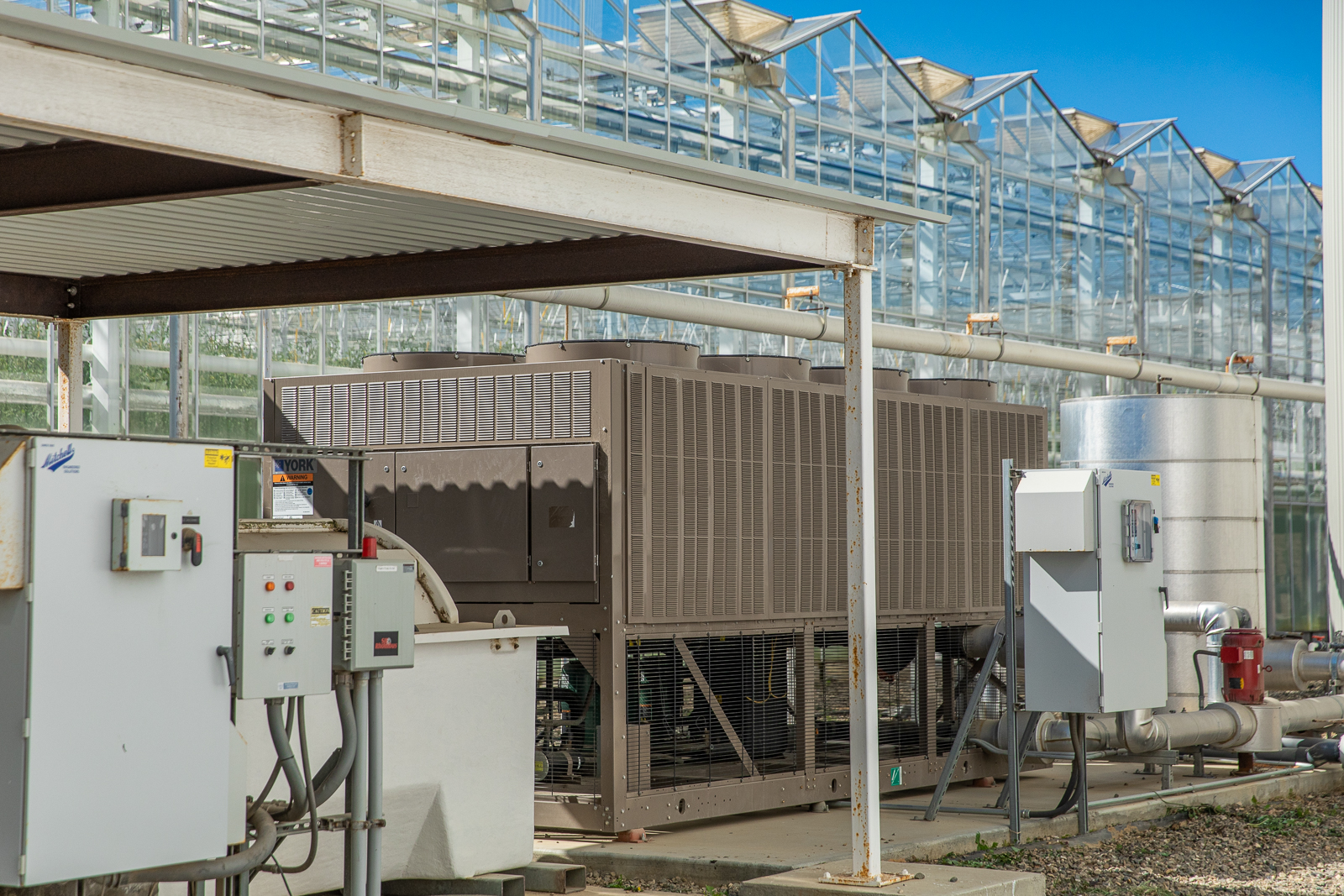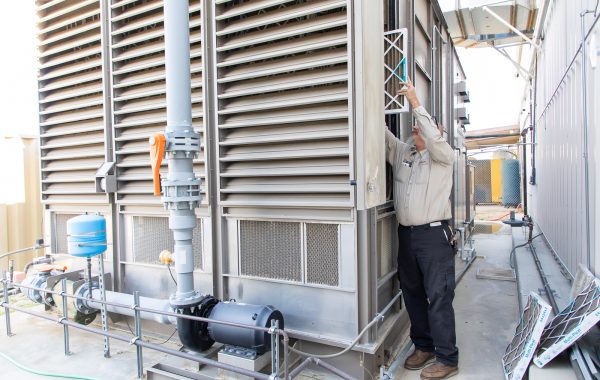
R-22 Refrigerant Phaseout: What You Need To Know
There are a million and one things you’re required to keep up with as a business owner, including regulatory updates for HVAC refrigerants — in particular, the current phaseout of R-22 refrigerant. Regulatory updates such as this one should be taken care of swiftly. Failure to do so in a timely manner could result in unwanted fines and penalties.
This being said, let’s take a quick look at the most important facets of this current regulatory update for HVAC refrigerants.
What’s the deal with R-22?
Since the beginning of 2020, R-22 refrigerant has no longer been produced in the United States, and since 2010, no new HVAC equipment requiring R-22 has been produced either.
It is currently illegal to import or produce R-22 refrigerant in the United States. However, this doesn’t mean you can’t use R-22. If you have a pre-existing HVAC system that requires R-22, you can still use this product. But over time, you can expect R-22 to become more expensive and much more difficult to find.
R-22 has been banned by the EPA due to ozone-depleting substances found within it. The installation of R-22 AC or heat pumps has also been banned.
If you currently have a system that requires R-22, it might be time to consider upgrading or retrofitting your equipment.
What to consider with pre-existing R-22 equipment
- R-22 Supply: As we previously mentioned, the price of R-22 will likely spike. However, supply is fine at the moment, and we have yet to see any noteworthy increases in price. This doesn’t mean it’s not coming, though. You can almost guarantee that it is coming. Keep in mind, you should not attempt to stockpile R-22. This material can only be purchased and handled by certified technicians.
- R-22 Replacement vs Retrofit: If you’re considering changing up your current R-22-dependent equipment, you’ll need to decide whether or not to upgrade your entire system or to retrofit specific components. To learn more about how to make this decision, check out these 3 questions to ask yourself.
- Retrofit pros and cons: There are a handful of R-22 systems that can be converted to an acceptable refrigerant. This can result in a slight drop in cooling capacity; however, it will equate to better overall energy efficiency (and plus, you won’t be on the EPA’s radar anymore). If you need help planning and implementing a new solution, we specialize in HVAC installation and design projects. We’d love to chat.
- R-22 Requirements: If you do decide to carry on with R-22, there are certain requirements you must adhere to. For starters, you’ll need to maintain detailed records (required for 50 pounds or more of refrigerant per HVAC system — typically multi-story commercial buildings or large industrial plants). These records must be kept for at least three years. If you need help maintaining your records, an HVAC service provider can help you make sense of everything. You can learn more about these requirements by reading the Section 608 Regulatory Changes from National Refrigerants, INC.
Need help updating or replacing your R-22 system?
At BMI Mechanical, we have decades of experience helping companies across California update, maintain, and modernize their HVAC systems. If you need help replacing or retrofitting your current R-22-dependent system, we can help. Give us a call or send us a message online.
Additional HVAC resources:




